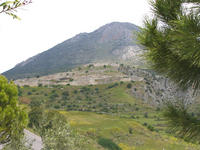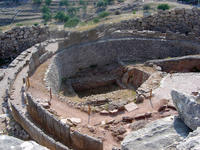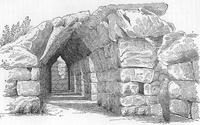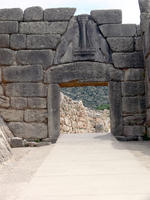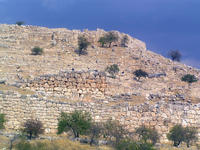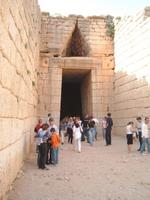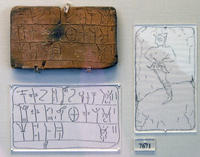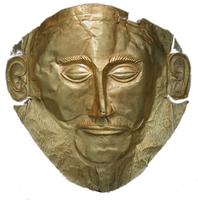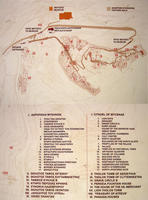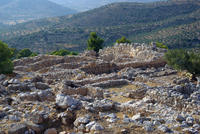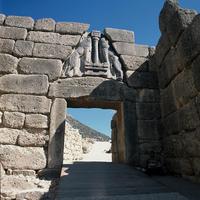You are in: Europe -> Greece -> Archaeological Sites... , and traditional search or Image Gallery will yield results of this site only
Archaeological Sites of Mycenae and Tiryns
| Site number: | 941 |
|
| Type of site: | Cultural | |
| Date: | 15-12th cent.BC | |
| Date of Inscription: | 1999 | |
| Location: | Europe, Greece, Region of the Peloponnesos, Prefecture of Argolis | |
Up to 75 images are shown here. Click on each for more details or on Image Gallery for more images.
Six official UN languages:
Arabic,
Chinese,
English,
French,
Russian,
Spanish
Other languages: Bulgarian, Catalan, Croatian, Czech, Danish, Dutch, Esperanto, Estonian, Finnish, Galician, German, Greek, Hebrew, Hungarian, Icelandic, Italian, Japanese, Lithuanian, Luxembourgish, Macedonian, Norwegian-bokmål, Norwegian-nynorsk, Polish, Portuguese, Romanian, Serbian, Slovak, Swedish, Ukrainian, Serbo-Croatian
Other languages: Bulgarian, Catalan, Croatian, Czech, Danish, Dutch, Esperanto, Estonian, Finnish, Galician, German, Greek, Hebrew, Hungarian, Icelandic, Italian, Japanese, Lithuanian, Luxembourgish, Macedonian, Norwegian-bokmål, Norwegian-nynorsk, Polish, Portuguese, Romanian, Serbian, Slovak, Swedish, Ukrainian, Serbo-Croatian
| Description: | Now standing as imposing ruins, the archaeological sites of Mycenae and Tiryns were once the two greatest cities of the Mycenaean civilization, which subjugated the eastern Mediterranean from the 15th to the 12th century B.C. and played a fundamental role in the classical Greek cultural development. These two cities are in fact connected to the Homeric epics, the Iliad and the Odyssey, which for more than three millennia have been influencing European art and literature. --WHMNet paraphrase from the description at WHC Site, where additional information is available. | |
| Tiryns: Tiryns (in ancient Greek Τίρυνς and in modern Τίρυνθα) is a Mycenaean archeological site in the Greek nomos of Argolis in the Peloponnese peninsula, some kilometres north of Nauplion. Tiryns was a hill fort with occupation ranging back seven thousand years, from the beginning of the Bronze Age. It reached its height between 1400 and 1200 BC. Its most notable features were its palace, its cyclopean tunnels and especially its walls, which gave the city its Homeric epithet of "mighty walled Tiryns". In ancient times, the city was linked to the myths surrounding Heracles, with some sources citing it as his birthplace. Mycenae (Greek Μυκῆναι), is an archaeological site in Greece, located about 90km south-west of Athens, in the north-eastern Peloponnese. Argos is 6 km to the south; Corinth, 48 km to the north. From the hill on which the palace was located one can see across the Argolid to the Saronic Gulf. In the second millennium BC Mycenae was one of the major centres of Greek civilization, a military stronghold which dominated much of southern Greece. The period of Greek history from about 1600 BC to about 1100 BC is called Mycenaean in reference to Mycenae. --Wikipedia. Text is available under the Creative Commons Attribution-ShareAlike License. | ||
| Source: | http://whc.unesco.org/en/list/941 | |
| Reference: | 1. UNESCO World Heritage Center, Site Page. | |



